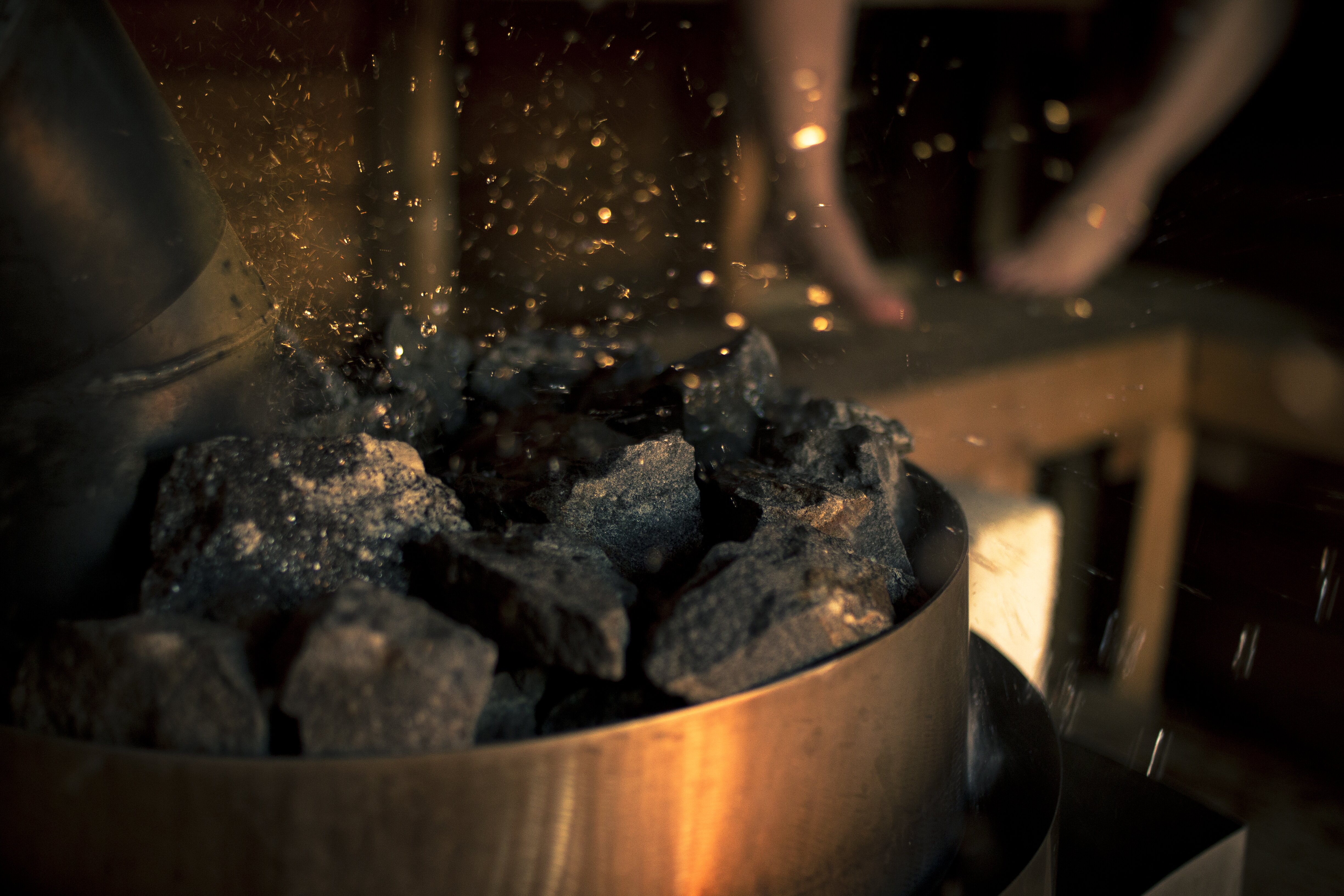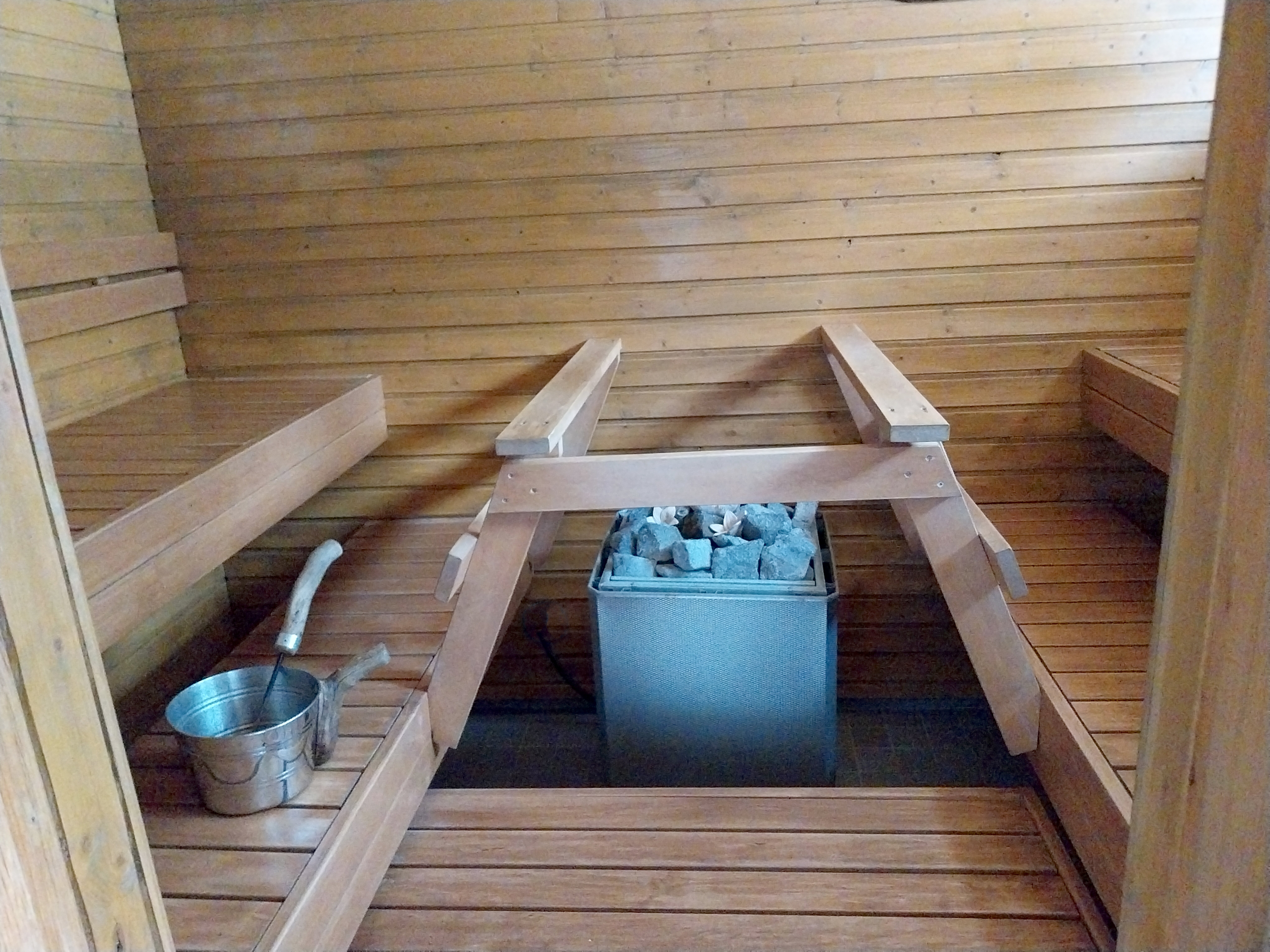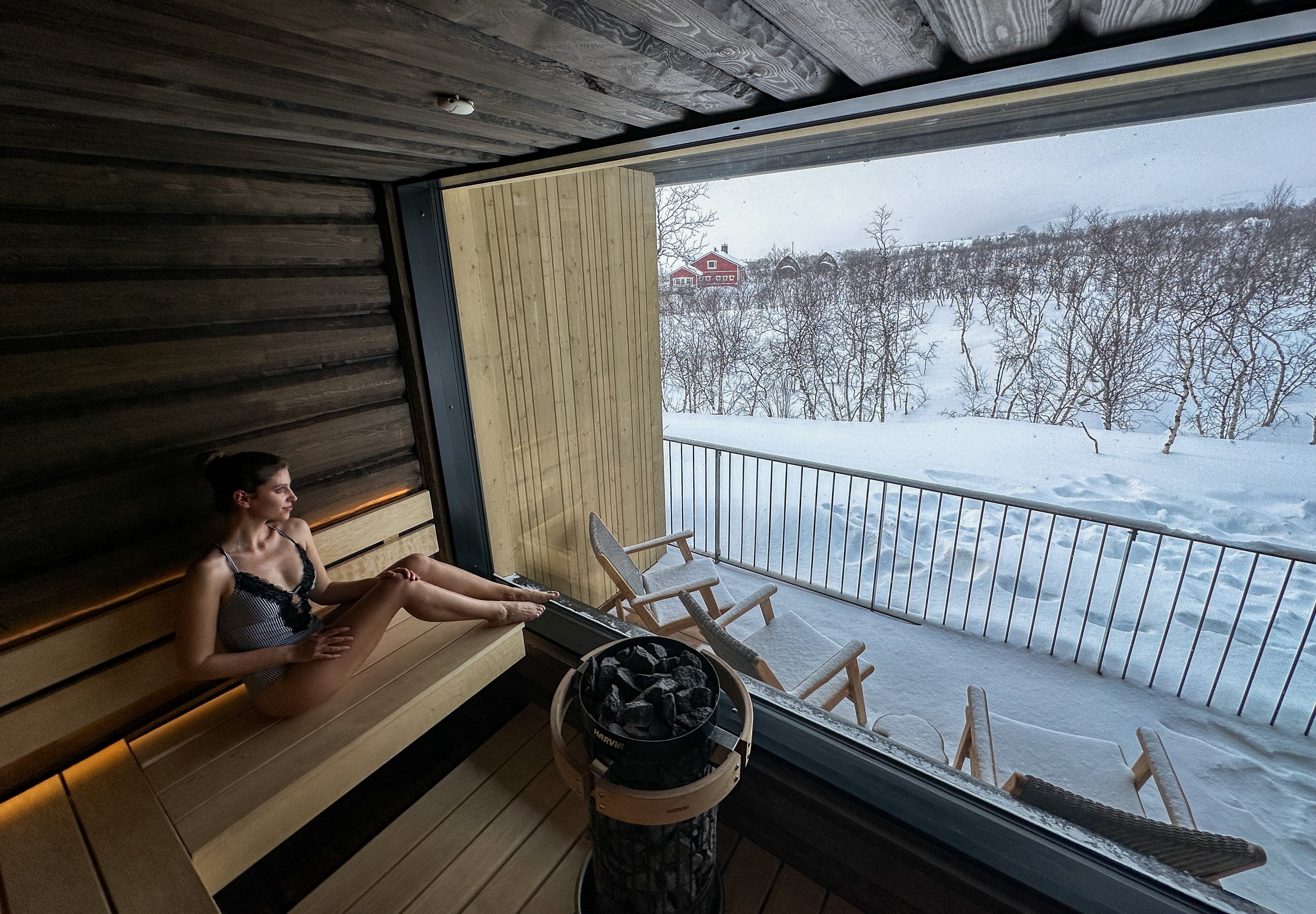Saunaan! That’s Finnish for ‘to the sauna’! And it might as well be the country’s catchphrase.
Most of us enjoy the occasional sauna at a gym after a hard workout or at a spa as a treat to relax and relieve stress, but in Finland taking a sauna is a deeply rooted way of life.
It’s something people do at least once a week, and estimates are that in this country of about 5.6 million people, there are over 3 million saunas. Now that’s a lot of people spending a lot of time in high heat!
Of course, in a part of the world where the thermometer dips down below -30°C, it’s easy to understand why they would revel in heat… as inside a sauna, temperatures are 75°C or above.
Former Finnish President and Nobel Peace prize winner Martti Ahtisaari so loved the sauna experience, it was his venue of choice for many important diplomatic meetings. What’s more, in 2020 Finland’s sauna tradition was added to UNESCO’s Representative List of the Intangible Cultural Heritage of Humanity.
Here we’ll look at its early origins and social evolution as well as share some tips for how you can make the most of the sauna during your Lapland visit.
_w=1240_h=500_pjpg.jpg?v=202509161525) Tundrea's shoreside sauna in Kilpisjarvi
Tundrea's shoreside sauna in Kilpisjarvi
A sauna is born – and so are people!
If you were to go back about 9,000 years, saunas would have just been holes in the ground filled with heated stones. Around the Middle Ages, they moved up above the surface and were built as freestanding log huts.
The myths, stories and songs about saunas passed down through generations were full of fantastic creations. Take the saunatonttu, or ‘sauna elves’, for example. These guardian spirits protected the sauna and punished those who misbehaved in it – usually by burning them! The witch responsible for winter’s darkness, Louhi, was also known to practise her magic in the sauna.
Because saunas were warm and kept as clean as possible, they also became the place where women gave birth and the dead were cleansed for burial.
Saunas continue to play an important role during national celebrations too, when it’s customary for the whole family to come and spend time in them together. For Midsummer, the summer solstice, saunas are decorated with birch leaves while on Christmas you’ll often find candles or lanterns.
_w=1240_h=500_pjpg.jpg?v=202509161525) Sizzling stones in a Finnish sauna
Sizzling stones in a Finnish sauna
Loyly knows no bounds…
The steam that rises in a sauna when water is poured over the hot stones has a special name in Finland. It’s called loyly.
Think of this as a spiritual presence. Loyly is like an ethereal wave of warmth that sweeps through the sauna… enveloping you, purifying you, clearing your mind and grounding you.
Symbolically, loyly is the connection of your life force to nature as well as to your community.
Ranging from public to private, country to city, picturesque to plain, there are many different types of saunas. The most traditional is a smoke sauna where a wood fire is built beneath a pile of stones. Today you’ll also find electric and infrared saunas, but they often lack in loyly.
_w=1240_h=500_pjpg.jpg?v=202509161525) The stepped sauna at Hetan Majatalo
The stepped sauna at Hetan Majatalo
Part bath, part social occasion
An article called ‘Steam heat in Lapland’ published in The Reader’s Digest Book of World Travel in 1967 described the sauna experience as one of the greatest joys in Finnish Lapland.
The author, Walter Bacon, who was teaching English in Finland at the time, said ‘the sauna is essentially social’. It was something to look forward to – typically on a Friday or Saturday night, with certain times set for men, women and families with young children.
Being a country of lakes, he recounted tiny structures built of wood near the water’s edge. They usually had two rooms – one for dressing and one to feel the heat – along with a porch, a long bench and a pier stretching into the lake.
This was the process Bacon described when visiting a sauna at that time:
Generally, you packed a bag with your bathcoat, soap and scrubbing brush. On arrival, you would remove your clothes in the dressing area, put them on hooks, and then walk (naked, as nature intended) to the heart of the building where there’d be a thermometer, stones on top of a metal stove, buckets and an opening in the middle of the floor for water.
After taking a scoopful of water and pouring it over the hot stones, steam would rise and hiss. You would go find a spot to soak in the spirit of loyly – either down low by the floor where it’s cooler or up near the ceiling to embrace the heat’s full intensity.
Before washing, most people would ‘birch’ themselves. Beating your body with parts of a tree probably isn’t high on your list of must-dos. But Bacon said the soft, leafy branches not only feel pleasant and tingly but also leave a woodsy scent on your skin.
When you’ve had enough, you fling open the door, run along the pier and jump into the lake. At that point, you might gaze at the sun and scenery, plus have a drink of tea, coffee, fruit juice or something stronger! Many people would often heat, cool, rehydrate and repeat several times.
_w=1240_h=500_pjpg.jpg?v=202509161525) Cahkal Hotel's sauna looks out at Saana fell
Cahkal Hotel's sauna looks out at Saana fell
Ready for your steamy encounter in True Lapland?
Our hotels are located in remote villages across Enontekio in northernmost Finland and at most you'll have access to a sauna. Of course, many of the traditions highlighted above are still upheld today, and we’ve got a few tips to help you master the modern sauna.
• You don’t have to sauna in the buff. Swimming costumes, towels or wearing whatever makes you comfortable is acceptable.
• Step into the shower first. It’s good hygiene and considered proper sauna etiquette in Finland.
• Birching is still a thing. You’ll often find bundles of branches by the door of the sauna. A gentle whisking is wonderful for circulation and exfoliation.
• It's best to sweat in silence. People in Finland tend to keep very quiet or speak softly in a sauna. Take this time to relax and reflect.
• After a sauna, you'll want to to cool off – whether that’s by just going outside or plunging in a pool, jumping in a lake or rolling in the snow!
• Don’t forget to drink. You’ll sweat a lot so you’re sure to be thirsty. Water is best for rehydration, but you may also want to try a berry juice or a saunakalja (a light beer). The Finnish also enjoy salty snacks and grilled sausages.
